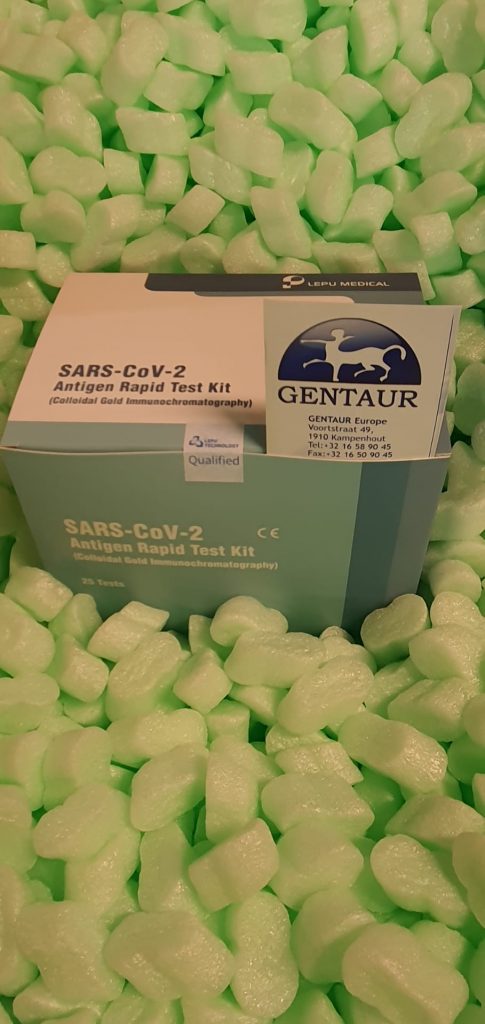Two-dimensional (2D) in vitro cell cultures and laboratory animals have been used historically because the gold-standard preclinical cancer model systems. However, for cancer stem cell (CSC) research, they exhibit notable limitations on simulating native setting, which depreciate their translatability for medical improvement functions. In this study, totally different three-dimensional (3D) printing platforms have been used to determine novel 3D cell cultures enriched in CSCs from non-small cell lung cancer (NSCLC) sufferers and cell strains. Rigid scaffolds with an elevated compressive modulus and uniform pores and channels have been produced utilizing totally different filaments.
Therein, cancer cell strains exhibited enhanced proliferation profiles on inflexible scaffolds in comparison with the identical cells grown on both hydrogel scaffolds or tumor spheres. Meanwhile, major cancer cells grew significantly higher on hydrogel scaffolds or in tumor sphere culture, in comparison with cells grown on inflexible scaffolds. Gene expression evaluation confirmed that tumor spheres and cells seeded on hydrogel scaffolds considerably overexpress most of stemness and invasion promoters examined in comparison with management cells grown in 2D culture.
A unique phenomenon was noticed inside cells rising on the inflexible scaffolds, the place fewer important variations in gene expression have been detected. Our findings present robust proof for the advantageous utilization of 3D printed fashions, particularly these which use GelMA-PEGDA hydrogels as the first scaffold materials, for finding out lung CSCs. The outcomes demonstrated that the 3D printed scaffolds have been higher to imitate tumor complexity and regulate cancer cell habits than in vivo 2D culture fashions. Hydrogel-based scaffolds have been printed with a extra irregular distribution of pores and a decrease compressive modulus. As a 3D model of reference, suspension spheroid cultures have been established.
Chronic Exposure to Cadmium and Antioxidants Does Not Affect the Dynamics of Expanded CAG•CTG Trinucleotide Repeats in a Mouse Cell Culture System of Unstable DNA

Clinostat 3D Cell Culture: Protocols for the Preparation and Functional Analysis of Highly Reproducible, Large, Uniform Spheroids and Organoids
Growing cells as 3D constructions needn’t be troublesome. Often, it isn’t vital to vary cell sort, components or development media used. All that must be modified is the geometry: cells (whether or not major, induced pluripotent, reworked or immortal) merely should be grown in circumstances that promote cell-cell adhesion whereas permitting gasoline, nutrient, sign, and metabolite alternate. Downstream evaluation can turn out to be extra difficult as a result of many assays (like part distinction microscopy) can’t be used, however their replacements have been in use for a few years. Most importantly, there’s a big achieve in worth in acquiring knowledge that’s extra consultant of the organism in vivo.
[Linking template=”default” type=”products” search=”Radius™ 24-Well Cell Migration Assay” header=”3″ limit=”166″ start=”2″ showCatalogNumber=”true” showSize=”true” showSupplier=”true” showPrice=”true” showDescription=”true” showAdditionalInformation=”true” showImage=”true” showSchemaMarkup=”true” imageWidth=”” imageHeight=””]
It is the purpose of the protocols offered right here to make the transition to a brand new dimension as painless as doable. Grown optimally, most biopsy derived organoids will retain affected person phenotypes, whereas cell (each stem cell, induced or in any other case or immortalized) derived organoids or spheroids will get better tissue performance. Efficient isolation, characterization, and culture of endometrial epithelial cells and stromal fibroblasts from calf uteri collected on the slaughterhouse is essential to develop helpful 3D culture tissue fashions to research uterine physiology and pathology with out the necessity of performing invasive procedures to get better tissue samples.Here we offer a element methodology that offers constantly pure and viable populations of distinct major bovine endometrial cells.

